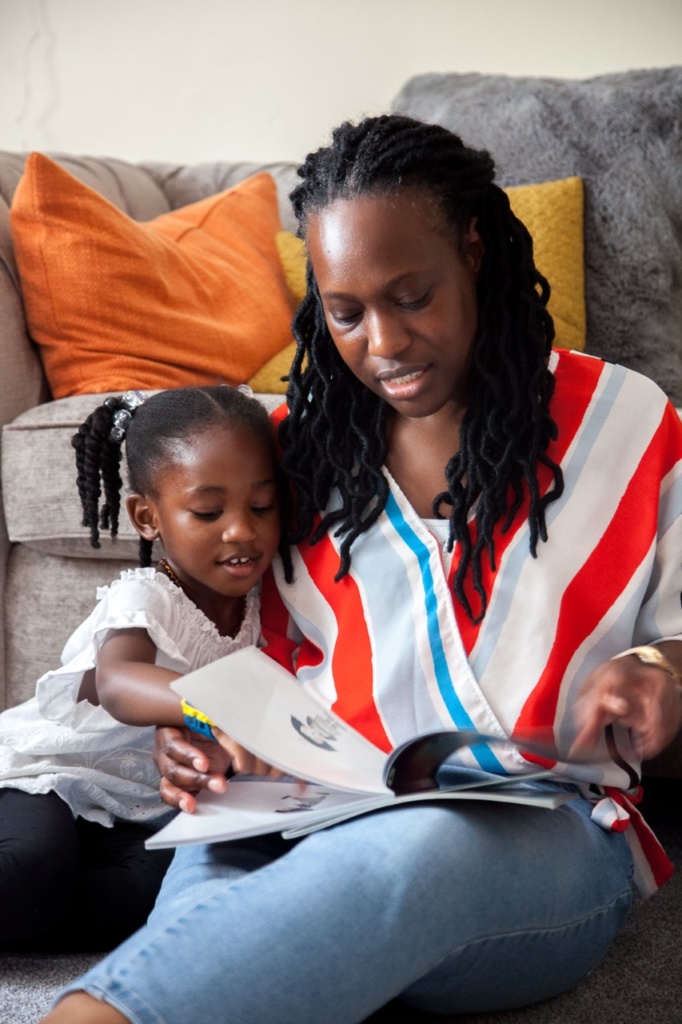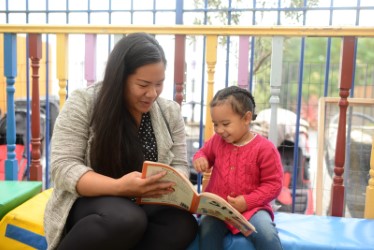
Concerns around diversity and representation in children’s books aren’t new. A recent study from CLPE showed 10% of children’s books contained characters from an ethnic minority, half of which (5% overall) were a main character.
While this represents a year-on-year improvement – in 2018 only 4% contained an ethnic minority main character and in 2017 it was just 1% – it is still far from representative of 33.5% of the UK primary school population of ethnic minority children.
In December, the National Literacy Trust launched the first large-scale exploration of diversity in children’s books that focused on children and young people’s voices and experiences. Based on responses from nearly 60,000 children aged between 9 and 18 at over 300 schools across the country, we found that 1 in 3 (32.7%) are unable to see themselves reflected on a page.
Our report shines a light on the importance of a child being able to see themselves in what they read. The struggle to find characters who look similar, or share similar characteristics or circumstances, can impact a child’s engagement with reading and its life-long benefits. Just one book a child connects with can spark a love of reading which can help them to succeed in school and in life.
Different backgrounds
Our research into diversity in children’s literature was based on questions we asked children in the first three months of 2020 as part of our Annual Literacy Survey. The questions were designed to see to what extent children and young people feel it is important that story and information books include characters or people from lots of different backgrounds and whether they find it difficult to find books with characters or people who look like them.
